[K.2] CHINESE ART (copy)
1/69
There's no tags or description
Looks like no tags are added yet.
Name | Mastery | Learn | Test | Matching | Spaced |
|---|
No study sessions yet.
70 Terms
China
What was known as the Middle Kingdom?
Shang Dynasty
Known as the Bronze Period because of its bronze casting or the manufacture of metal using clay models
Qin Dynasty
Period where Qin Shi Huangdi unified China by implementing strict laws, taxing everyone, and introducing one script for writing, one standard each for money, weights and measurements
Terra Cotta Warriors
3000 life-size foot soldiers buried in the tomb of Qin
Han Dynasty
Founded by Lui Bang; Control of the Silk Road that linked Asia and Europe; Buddhism started to spread and extension of ancient Chinese boundaries
Tang Dynasty
Also known as the Golden Age of Chinese Arts; Empire benefited from a flourishing trade network along the Silk Road which facilitated the exchange of goods, ideas, and cultures
Porcelain
A ceramic material made by heating raw materials, generally including clay in the form of kaolin
Blue and White Wares
Glazed using a transparent porcelain porcelain glaze; Blue decoration is painted onto the body of the porcelain before glazing, using finely ground cobalt oxide mixed with water
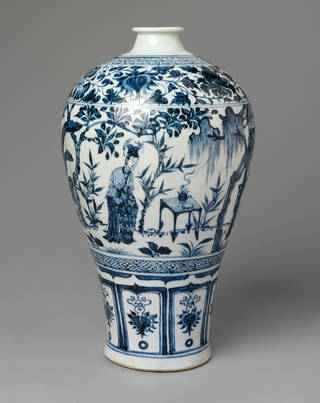
Blanc de Chine
A type of white porcelain made at Dehua in the Fujian province; Has been produced from the Ming Dynasty
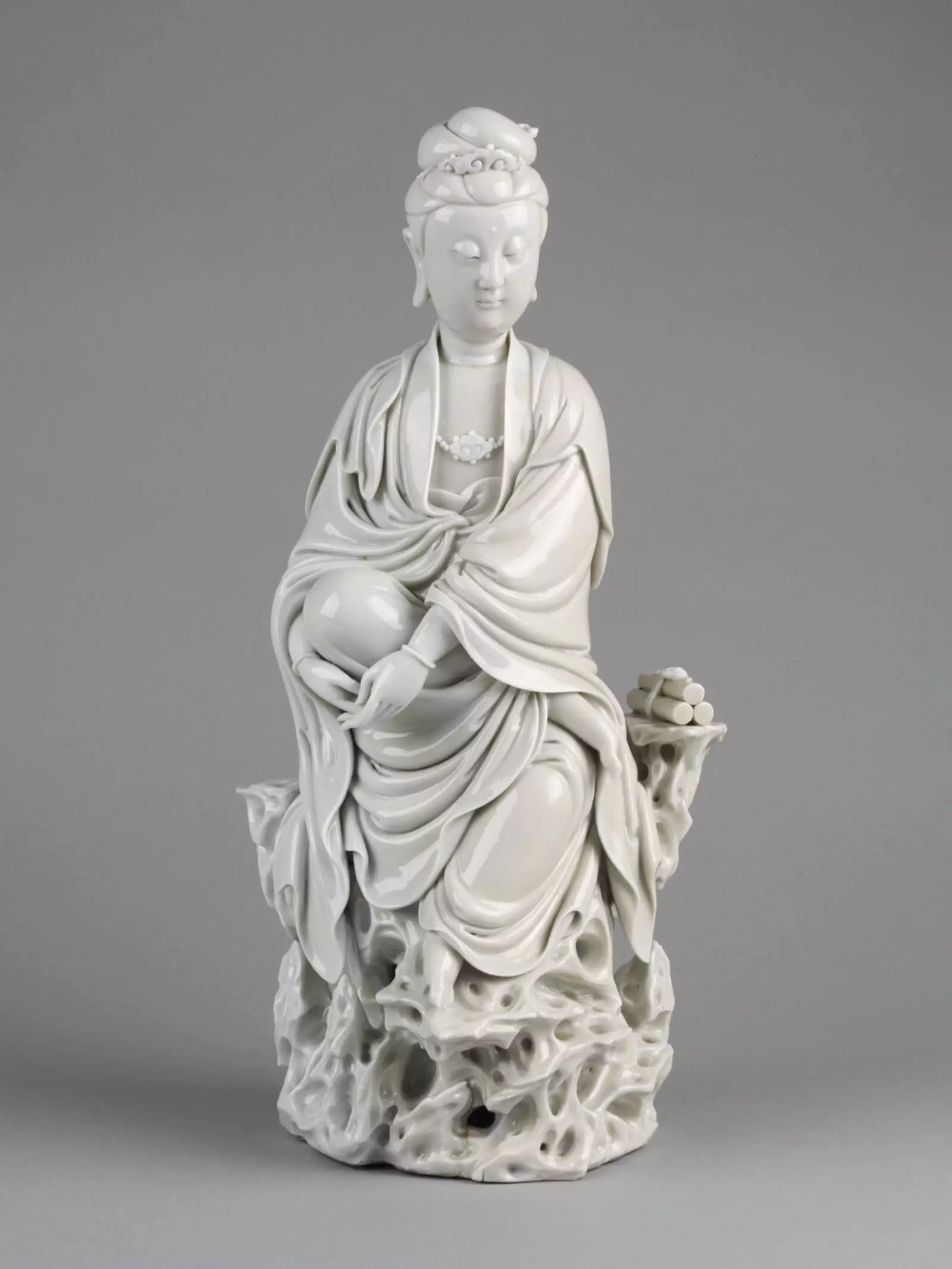
Polychrome Colored Porcelain
A type of ceramic art that involves applying various colors of glaze to ceramic ware before firing, resulting in beautifully colored and intricately patterned pieces
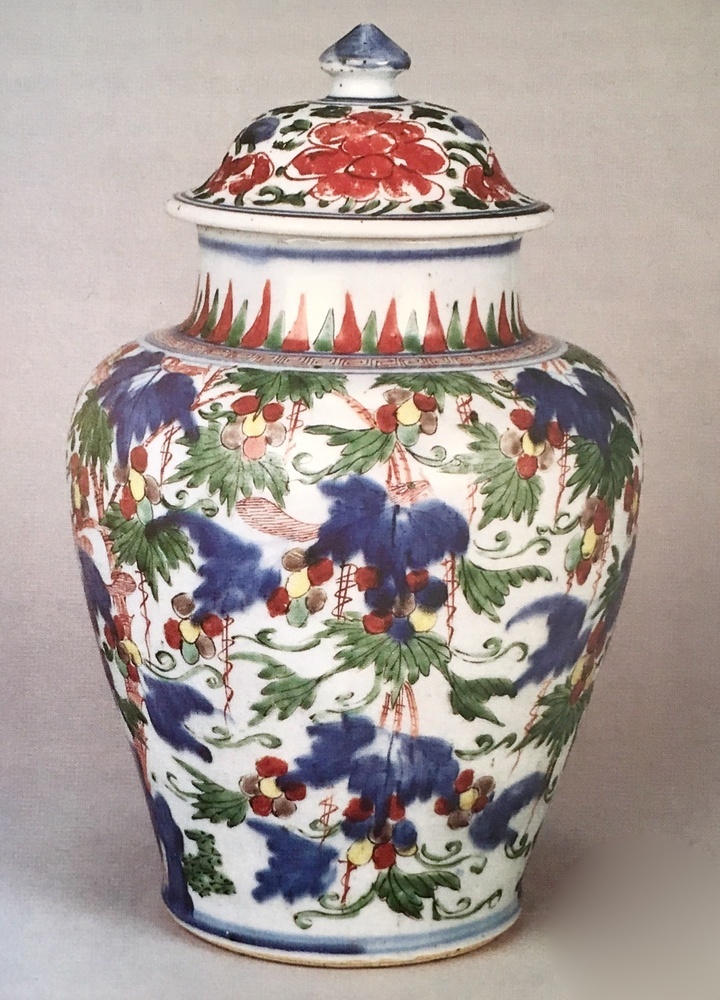
Jade Ware
Objects made from jade, a stone that symbolizes vitality and authority
Jade Cicada
A symbol of eternal life that is placed on the mouth of a deceased person
Calligraphy
Chinese writing done on silk and paper
Paintings
Made on both paper and silk and usually consisted of long scroll forms; Black and white landscapes
Fan Painting
A traditional Chinese art form that involves painting on handheld fans made of various materials, such as paper, silk, bamboo, or sandalwood
Podium, Main Body, Pitched roof
What are the buildings commonly composed of?
Timber
What is the structural system of Chinese architecture?
Taoism
Teaches individualism and transcendence through direct connection with the natural world
Tao
Incomprehensible natural force which all events in the universe unfailingly follow
Confucionism
Emphasized strict adherence to social conventions and ritual for the proper functioning of the state
Buddhism
A path of practice and spiritual development leading to insight into the true nature of reality
Taoism
Which principle of Chinese architecture reflect the following:
Decorations reflect pursuit of luck and fulfillment, long lifespan, and enclosing into the fairyland
Resort to nature topography, decorated with murals, sculptures, and steles to entertain people, fully interpreting the philosophy of nature
Symmetric traditional architectural layout; Main halls will be set up on the central axis
Lucky Land to Meet God will be located on the north-west corner of the complex
Annexes like the dining hall and accommodation are located at the bank or flank
Bagua Style in which all structures surround the Danlu in the center according to Bagua’s position request; Reflects philosophy that the human cosmos follows the natural cosmos to integrate energy, qi and spirit
Bagua Style
A design philosophy influenced by the Bagua (Eight Trigrams) of Taoist cosmology representing the fundamental principles of reality and the dynamic interplay of opposites
Confucianism
Which principle of Chinese architecture reflect the following:
Yin-yang, balance and symmetry
Main structure is the main axis; secondary structures are positioned as two wings on either side
Curved roofs
Feng shui traditional concepts of five elements that were believed to constitute the universe
Concentric or symmetrical shapes
Number Nine
A feng shui concept applied in imperial architecture where odd numbers were considered masculine
Yellow
A feng shui concept where this color was used solely for the emperor
Green
A feng shui concept where this color was used for palace buildings
Red
A feng shui concept where this color was used for doors
Dragon
A zoomorphic symbolism for the emperor
Phoenix
A zoomorphic symbolism for the empress
Lion
A zoomorphic symbolism for the guardian of palatial structures
Dougong Bracket
A structural member found between the top of a column and a cross beam; The arrangements bear the load of the roof and can only be found in the most magnificent buildings such as palace and temple halls
Gong
A double bow-shaped arm that acts as a beam or lintel to distribute the weight of the roof evenly across the dou-gong system
Dou
A block-like bracket that protrudes horizontally from a vertical column or wall; Serves as the primary support for the roof structure, providing a stable base for the layers of brackets above it
Glazed Tile
A high-grade building material used exclusively on palace buildings of the imperial house of the big mansions of nobles and high officials
Zaojing
Also called a cassion ceiling; Central deepest part is the round well (jing), the middle part is the octagonal well, and the outermost part coming down to the same level as the rest of the ceiling, is a square with a coiled dragon looking down in the centre
Pagoda
Tiered tower with multiple eaves erected as a memorial or to hold relics; Originally built to preserve Buddhist relics
Top
A part of a pagoda that resembled the original image of the stupa from India
Body
A part of the pagoda used to enshrine a statue of Buddha, held to various styles of traditional Chinese architecture, unless the pagoda had a domed steeple
Base
A part of the pagoda for burying Buddhist relics, usually took the form of an underground chamber or underground hole attached to a tomb in ancient China
Pai-lou or Paifang
A monumental archway or gateway with one, three, or five openings; Erected as a memorial at the entrance to a palace, tomb, or processional way; Usually built of stone in imitation of wood construction
Pavillion
Covered structures without surrounding walls were used to allow observation of the surrounding
The Forbidden City
Home of 24 Chinese emperors for nearly 500 years; Composed of a palace complex, the Gate of Great Peace, Qiniandan Hall of Prayer and Hall of Supreme Justice

Great Wall of China
A fortified wall commenced under the Zhou Dynasty to protect China against nomads from the north to serve as a means of communication

The Temple of Heaven
China’s largest existing complex of ancient sacrificial buildings; Built in 1420 for emperors to worship heaven and stands on a round foundation built with three levels of marble stones; This towering triple-eave hall is under a three-story, cone-shaped glaze-tile roof in blue color crowned with a gilded knob
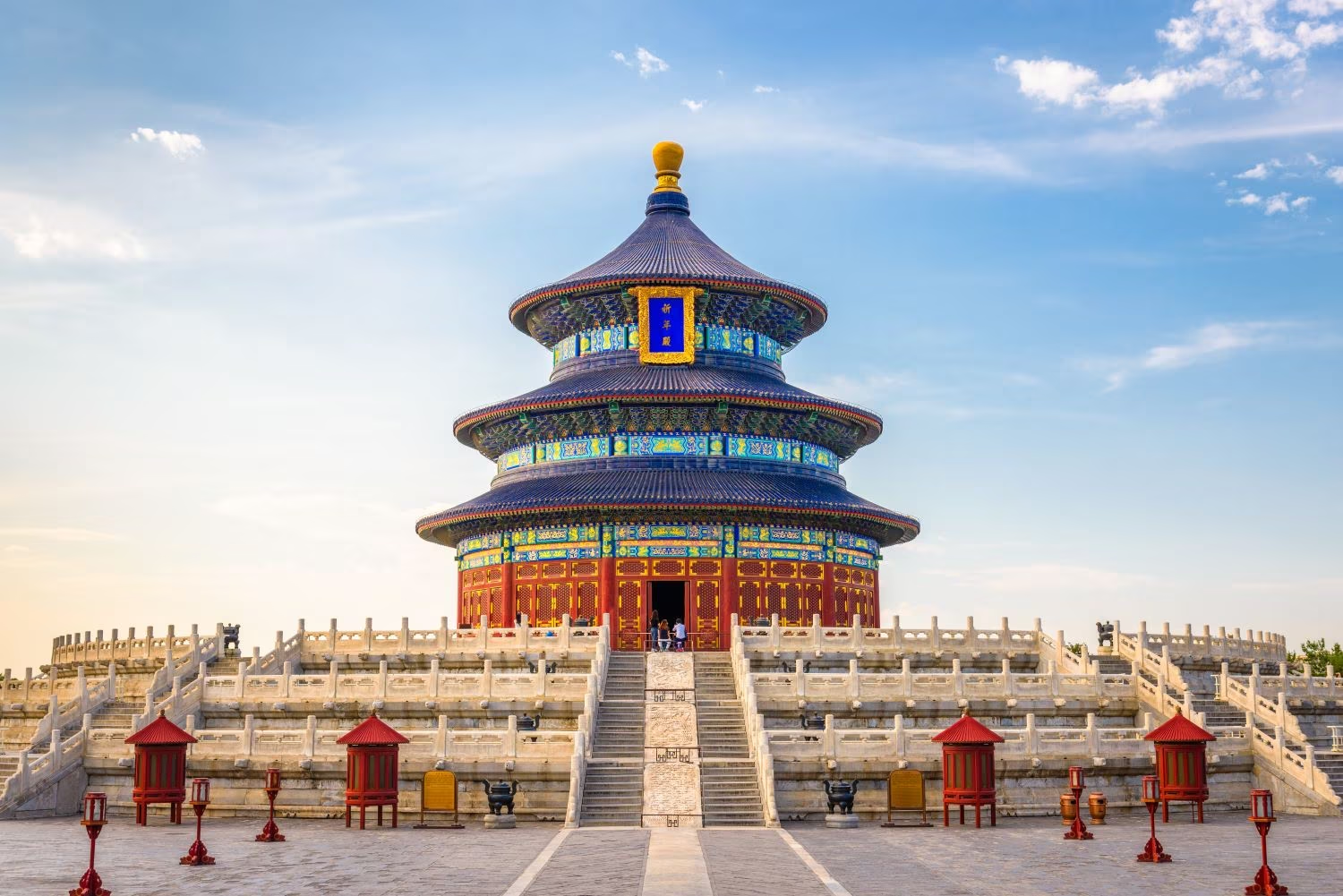
Potala Palace
Built as a residence for the Dalai Lama, it rises 200m against a hillside; Has 9 storeys and is colored white, red, and gold leaf
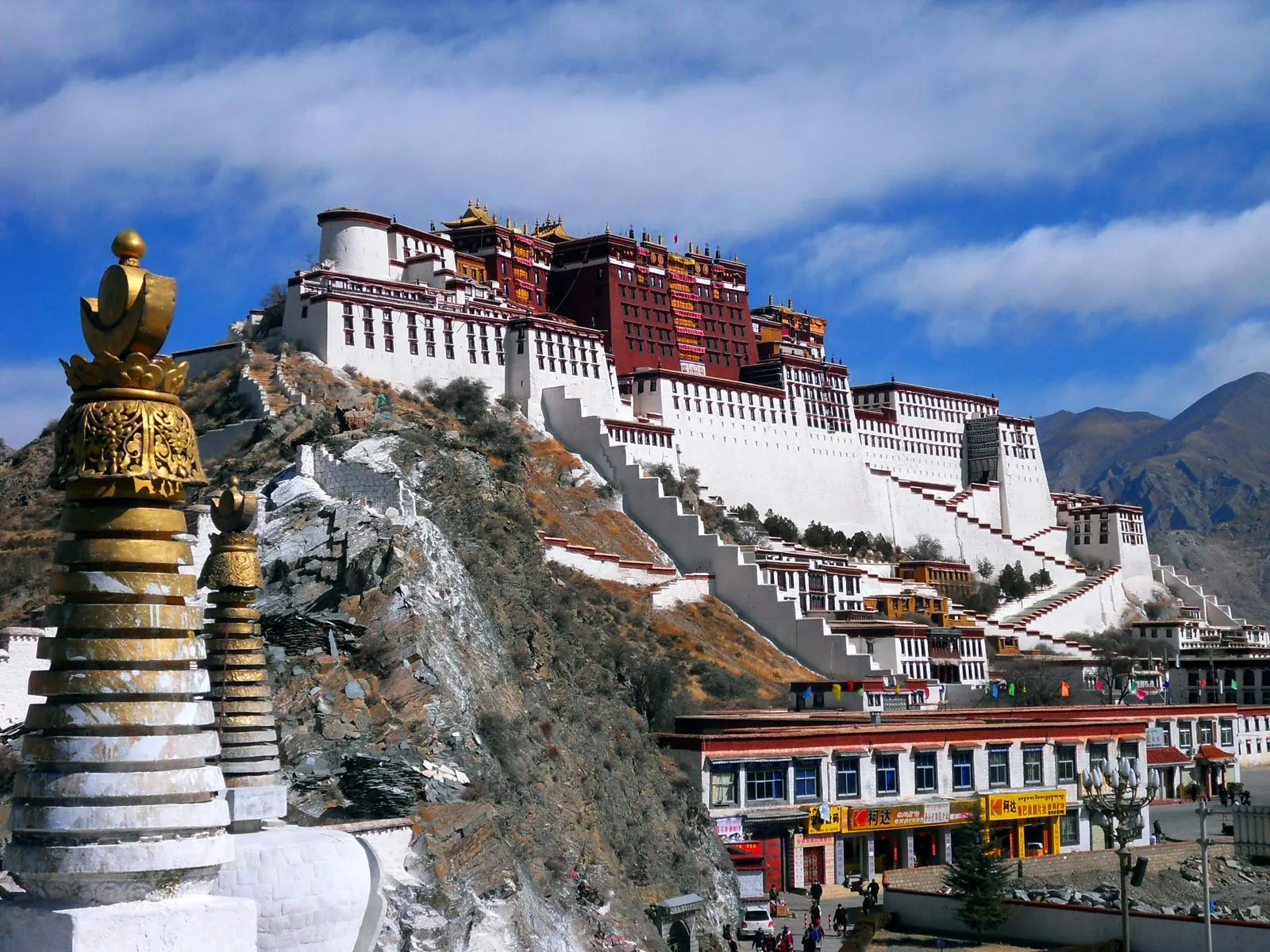
Heaven
What was believed to be round?
Earth
What was believed to be square?
Chinese Yoke Back
Chair characterized by its distinctive yoke-shaped top rail, which resembles the shape of a yoke used to harness oxen
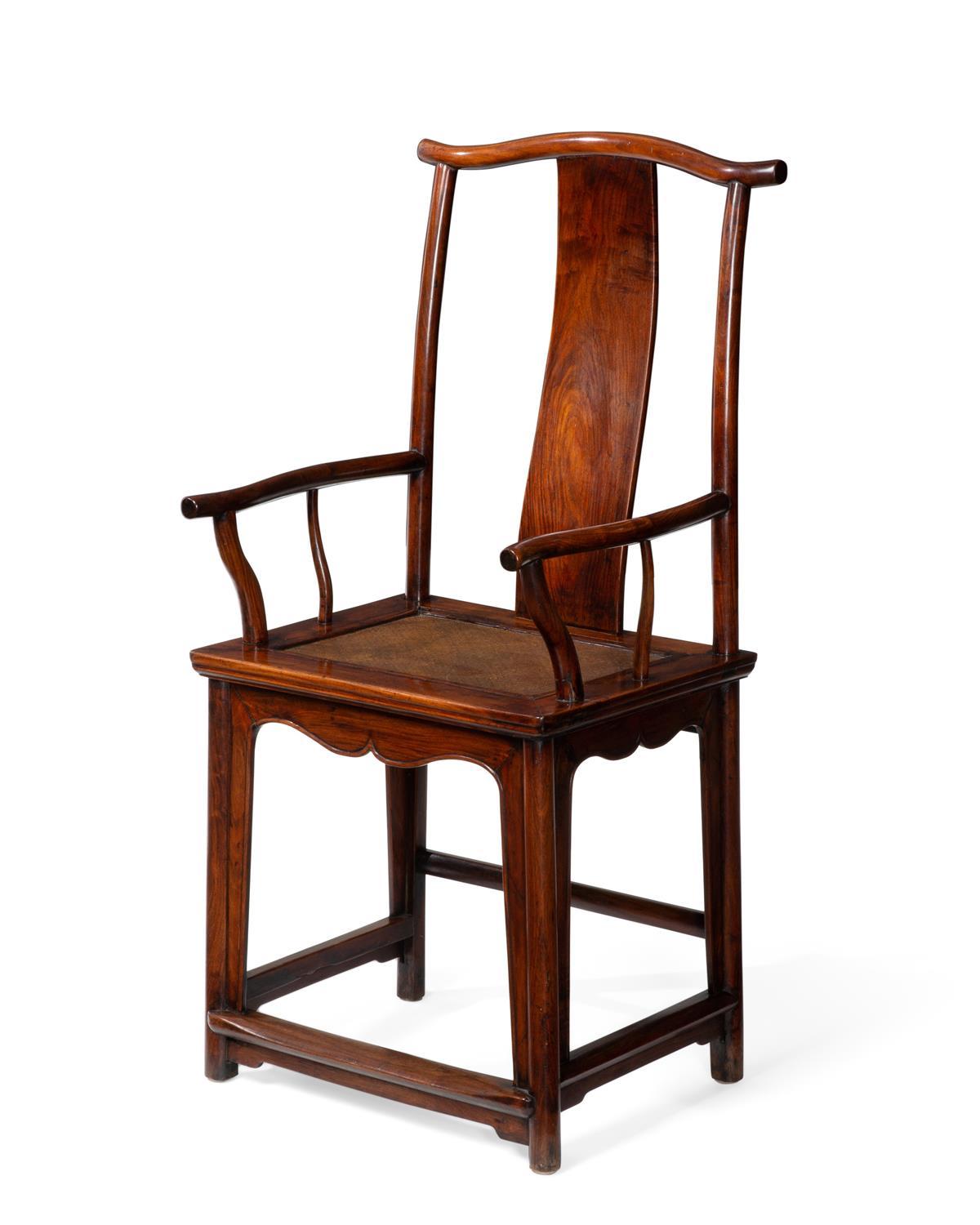
Luo Han Chair
Presence of a splat in a semi-circular back that continues as arm rests, with a square seat and straight legs
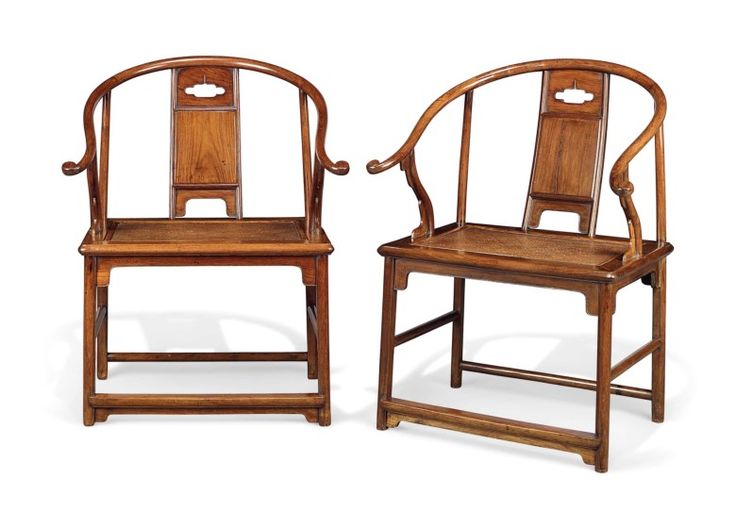
Horseshoe Chair
Chair similar to Luo Han but with a splat and a horseshoe-shaped backrest
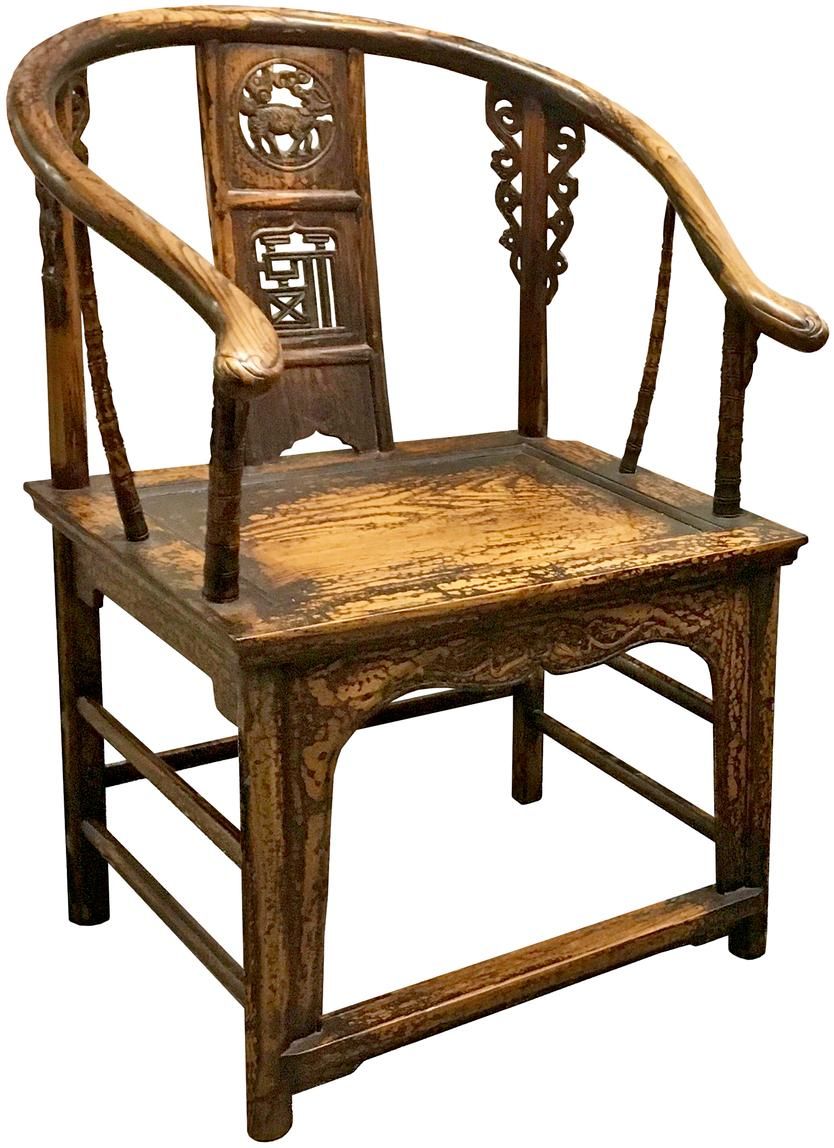
Rose Chair
Chair with a low square back crafted from rosewood, a dense and durable hardwood known for its rich, dark color and fine grain; Feature cabriole legs, curved backrest, and mother-of-pearl inlay in some

Southern Official’s Chair
Originated in the southern regions of China and was used by officials and scholars; Features a hat-shaped backrest, which resembles the traditional headwear worn by officials in ancient with curved armrests and an elevated seat

Lampstand Chair
A traditional Chinese furniture design that combines the functionality of a chair with the utility of a lampstand; Chair typically features a tall backrest with a built-in lampstand extending from the top

K’ang Table
Low coffee or tea table with horse hoof legs; Feature removable legs, allowing the table to be easily disassembled and stored when not in use
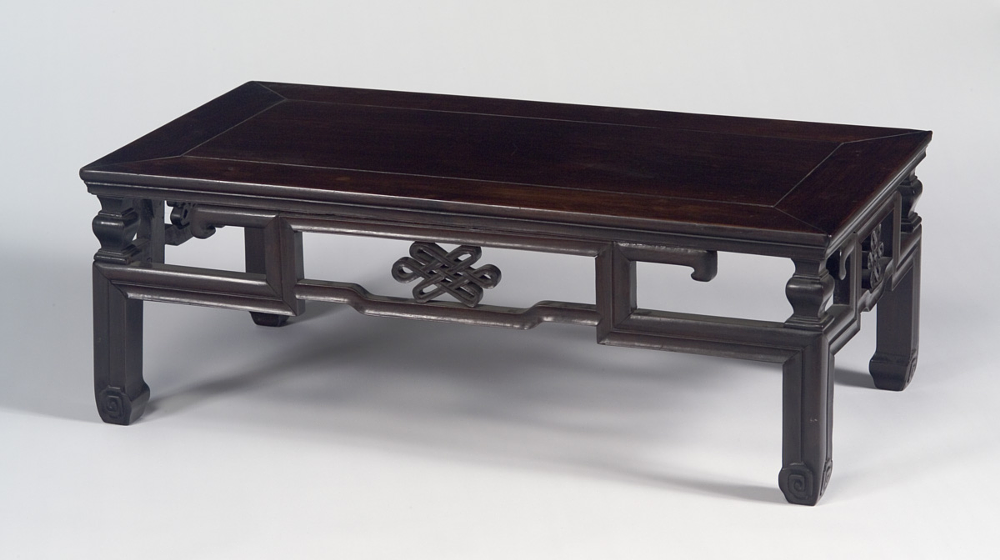
Throne Sofa
Chinese daybed with low back arm rests; Legs are square and squat ending in a horse hoof foot

Altar Table
Used in Chinese homes and temples for religious rituals, ancestor veneration, and as a focal point for displaying decorative objects
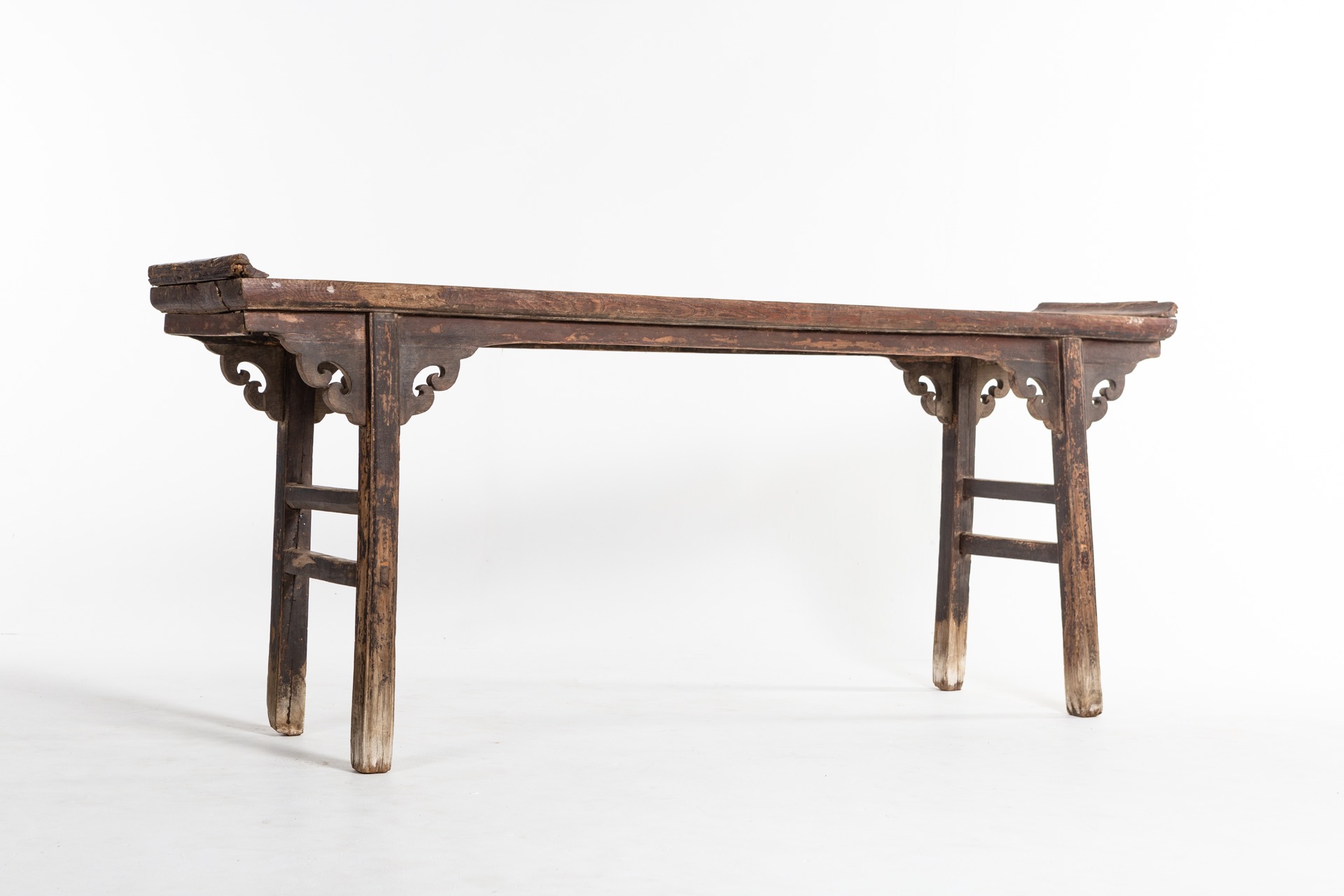
Pa-shein Cho/Baxianzhuo Table
Table with Eight Immortals. Dining tables were almost always suitable for 8-10 people since it was that everyone should be able to reach the main dishes with chopsticks; used in festivals and birthdays
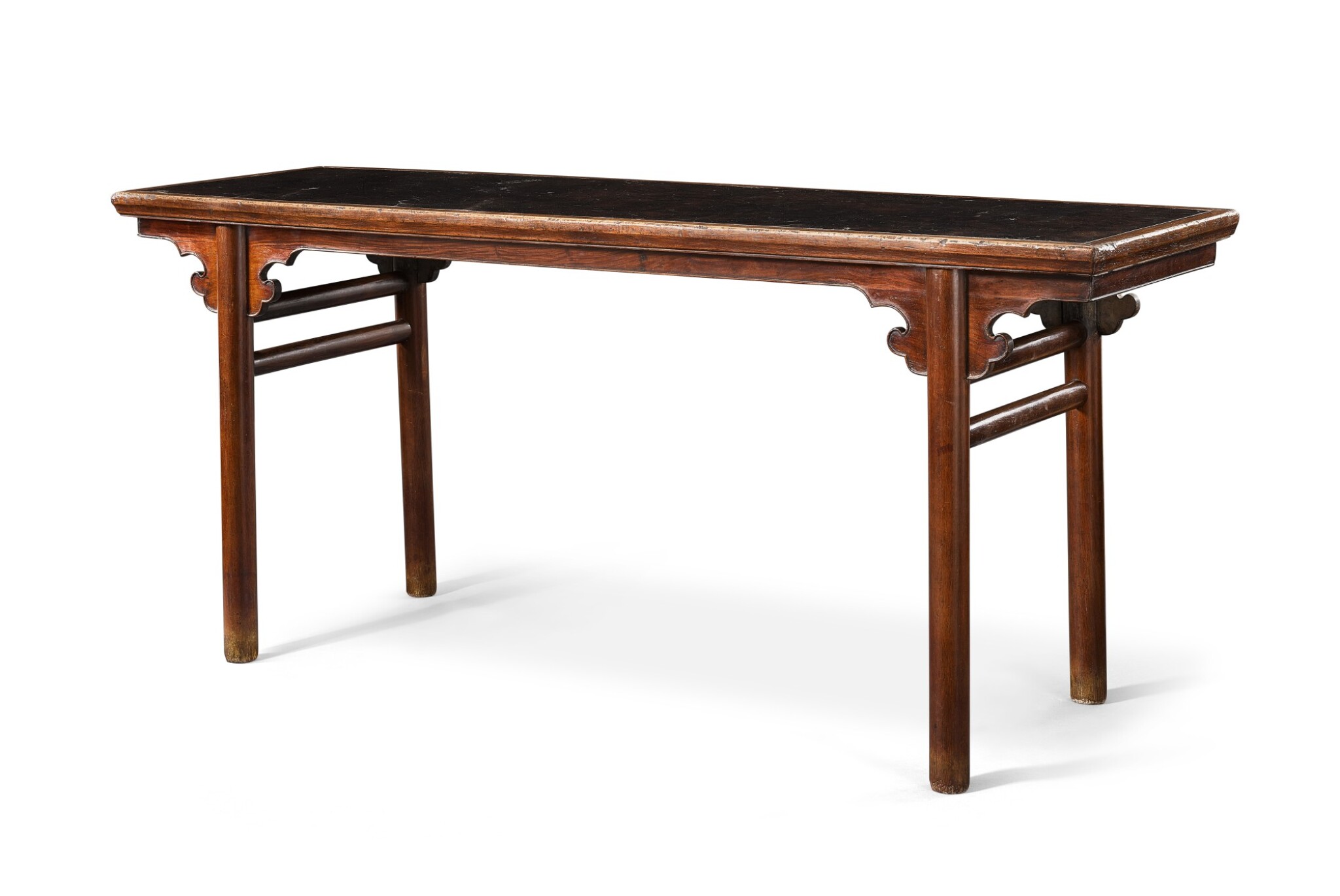
Drum Table/Stool
Characterized by its drum-like shape and is commonly used as a side table, stool, or decorative accent in Chinese interiors
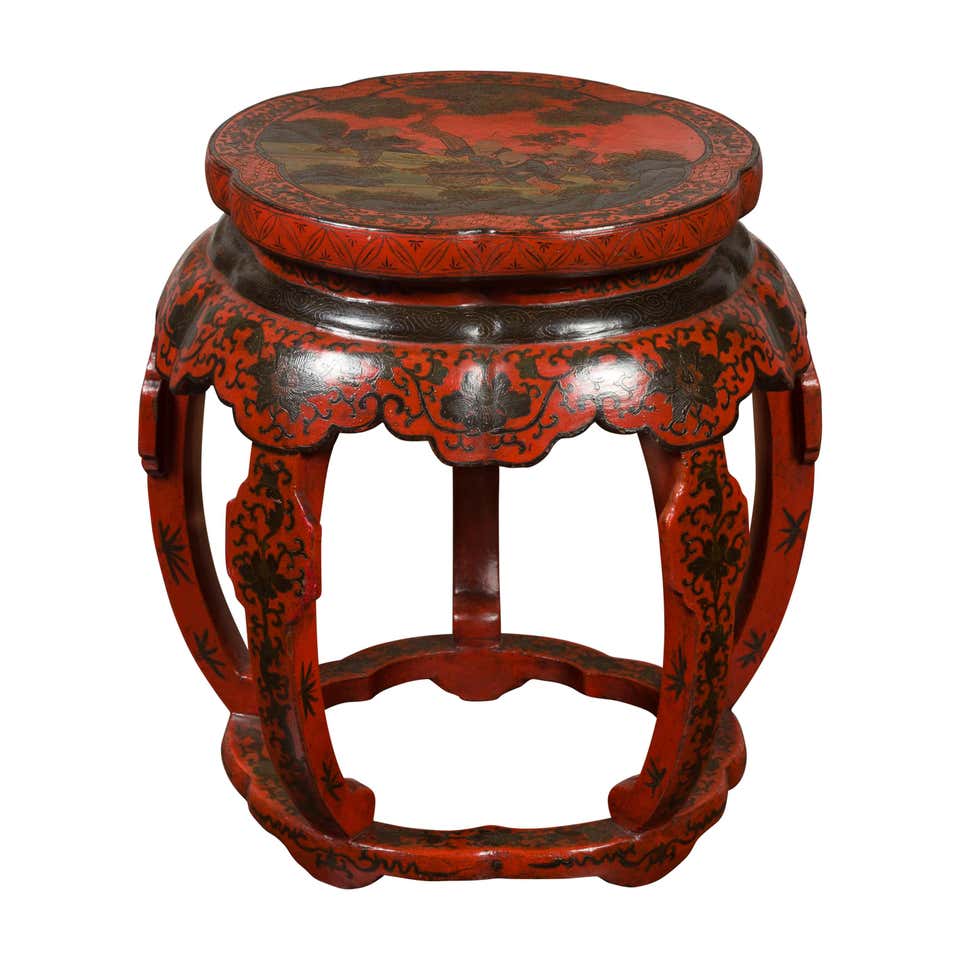
Incense Stand
A decorative and functional item used for burning incense in various cultures and religious traditions
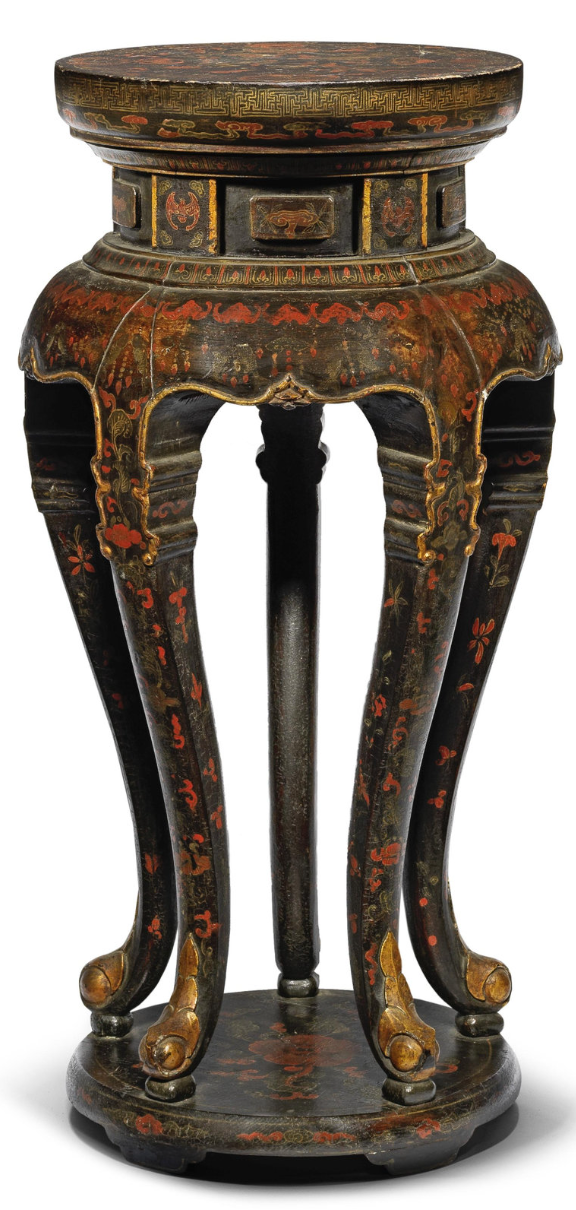
Coromandel Screens
A Chinese folding screen coated in black or dark lacquer; usually symbolical with wishes of health, wealth, and long life
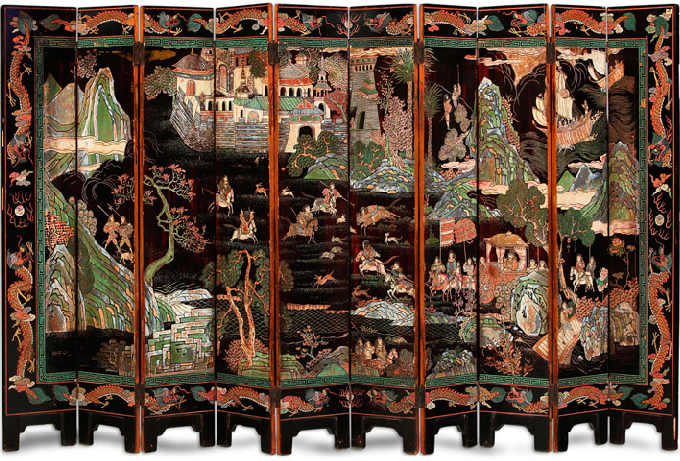
Canopy Bed
Bed characterized by its distinctive design featuring a canopy or "sky" overhead, supported by four vertical posts

Ta
A traditional Chinese furniture that combines elements of a table and a daybed
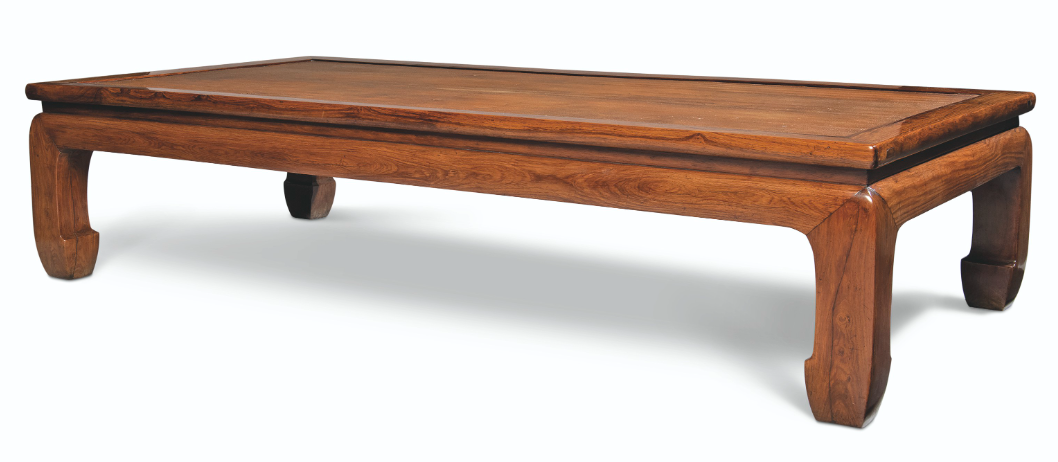
Square-edged Cabinet
Cabinet that feature panel doors with square or rectangular insets
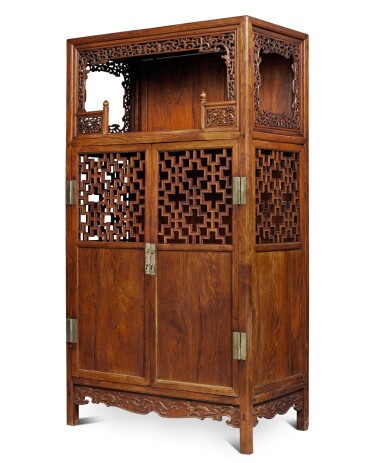
Round-edged Cabinet
Cabinet that features softer, smoother lines, giving it a more organic and flowing appearance
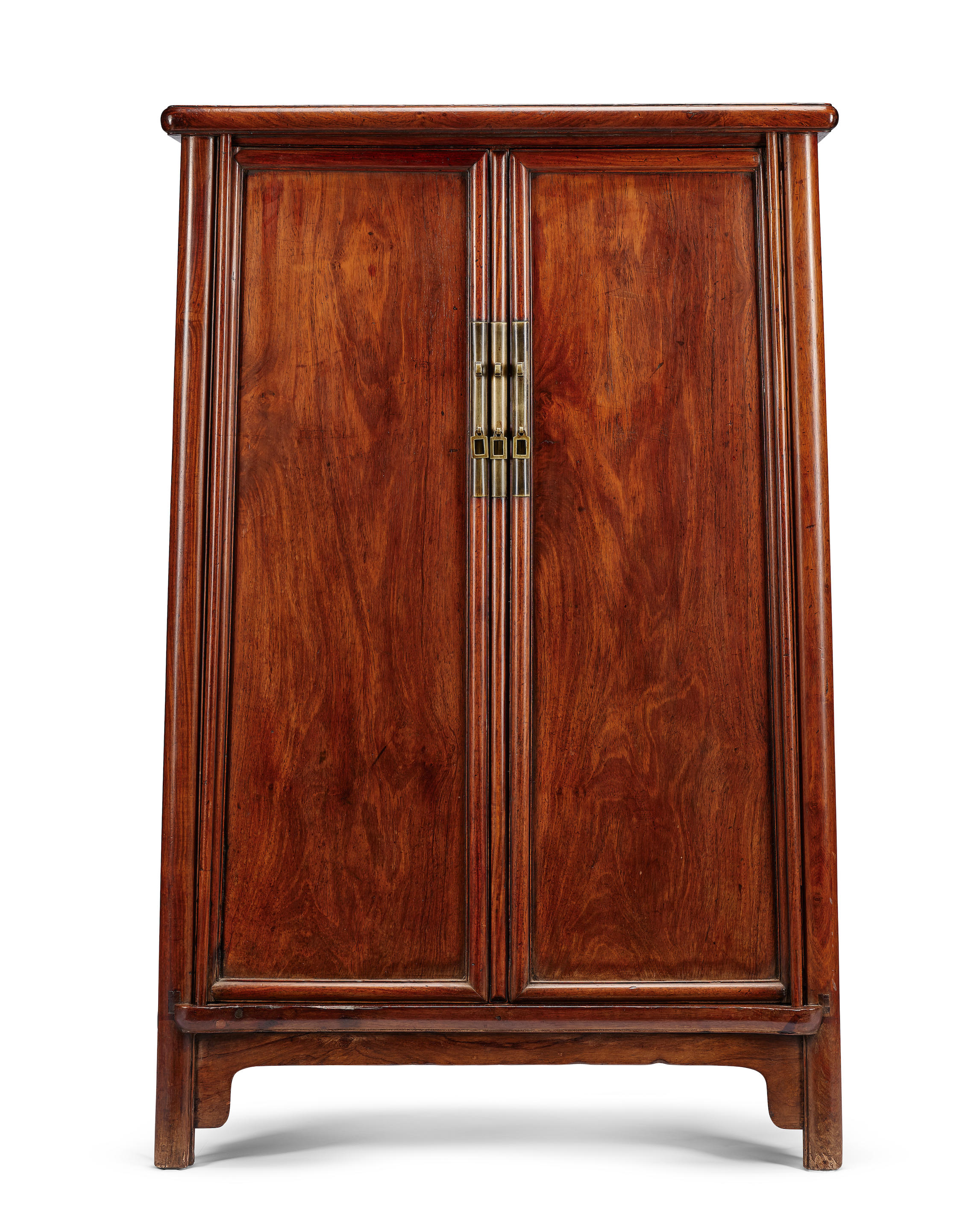
Wedding Cabinet
A traditional piece of furniture that holds cultural significance and plays a central role in Chinese wedding ceremonies
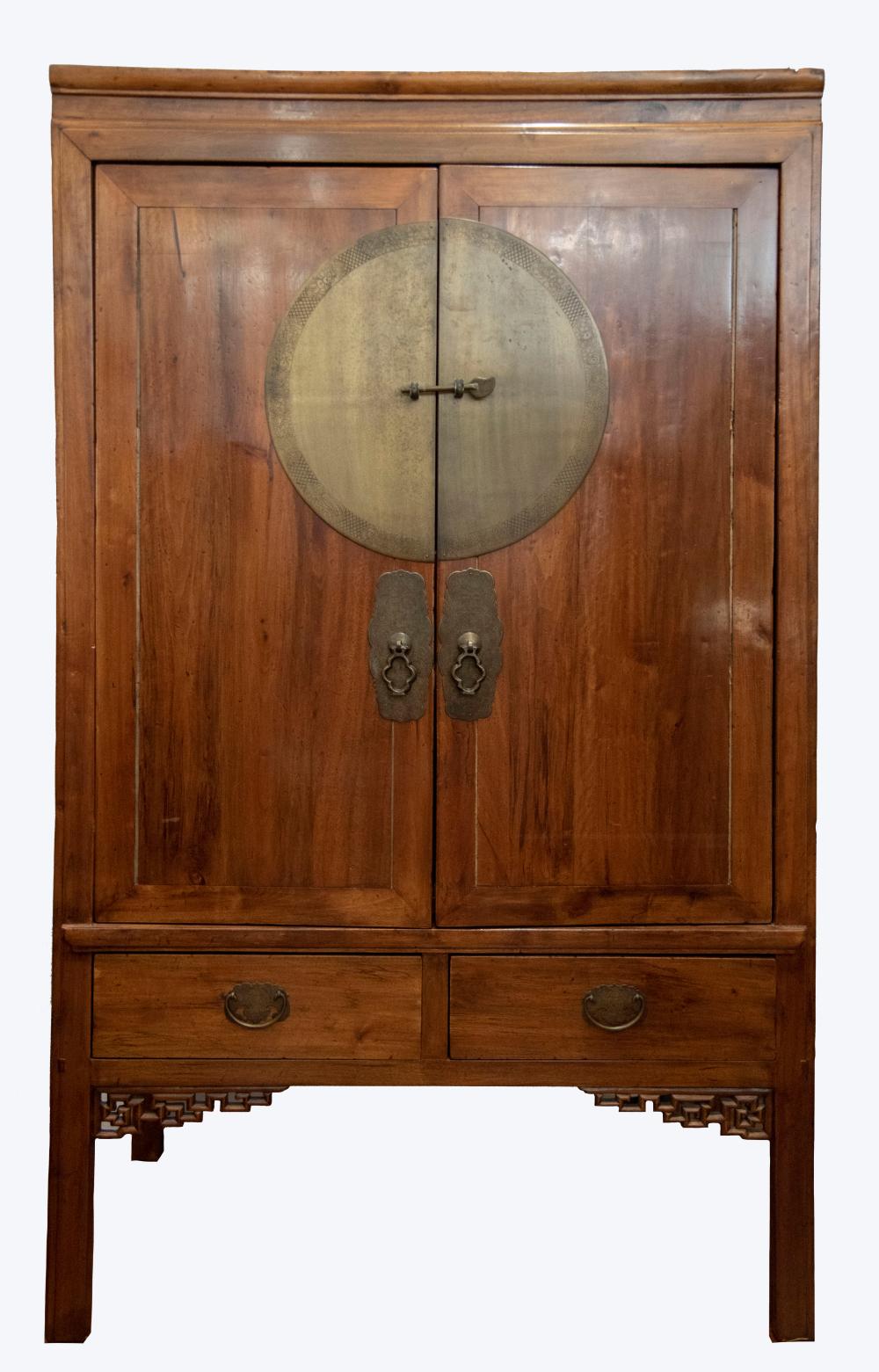
Apothecary Cabinet
Used for storing and organizing medicinal herbs, ingredients, and supplies used in traditional Chinese medicine
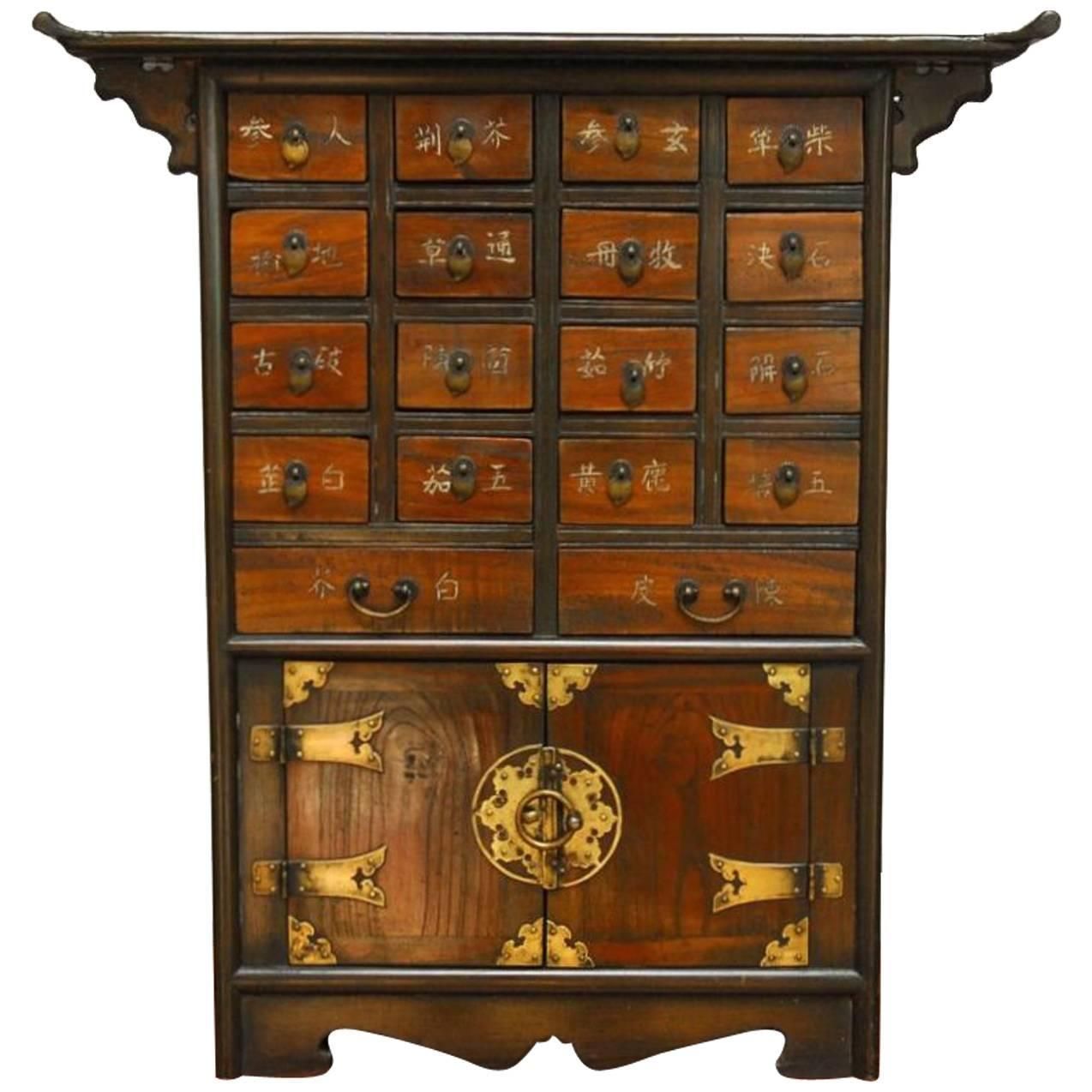
Kitchen Cabinet
Has slotted doors to allow ventilation for food. Some have storage underneath for live fowls and other animals
